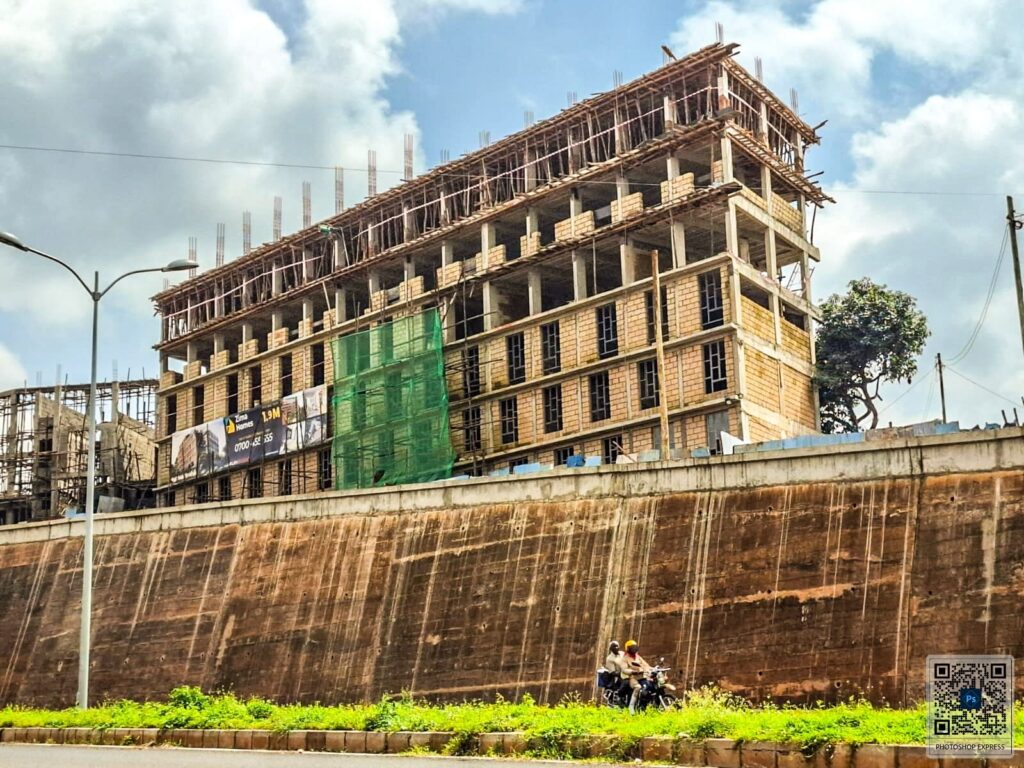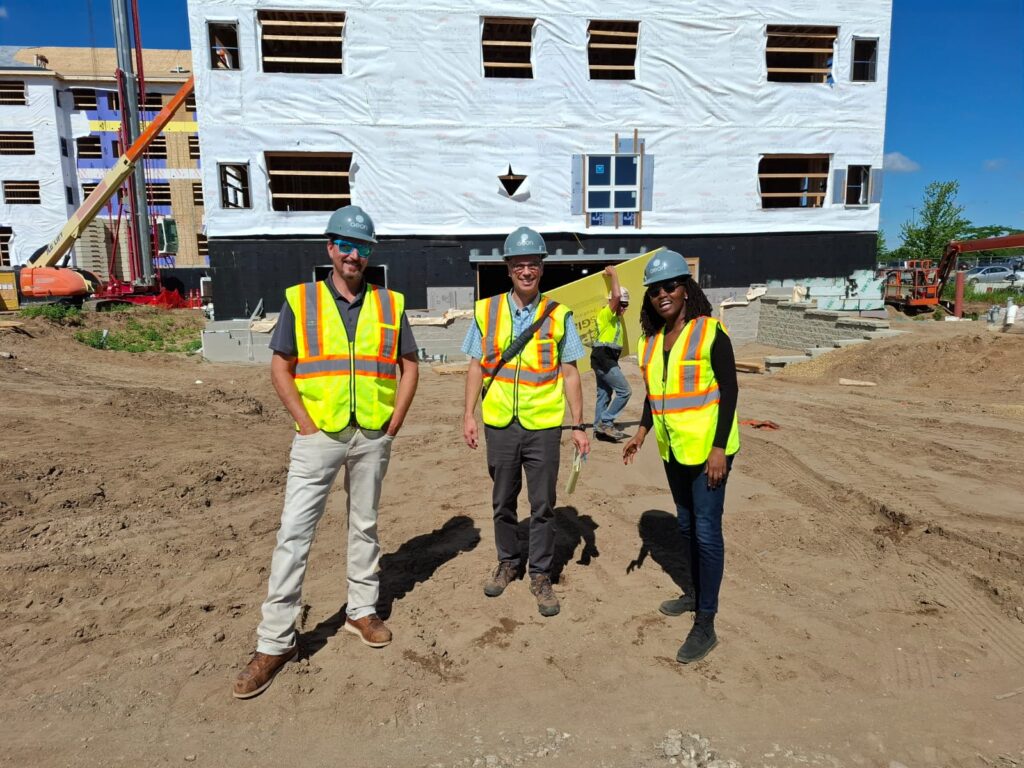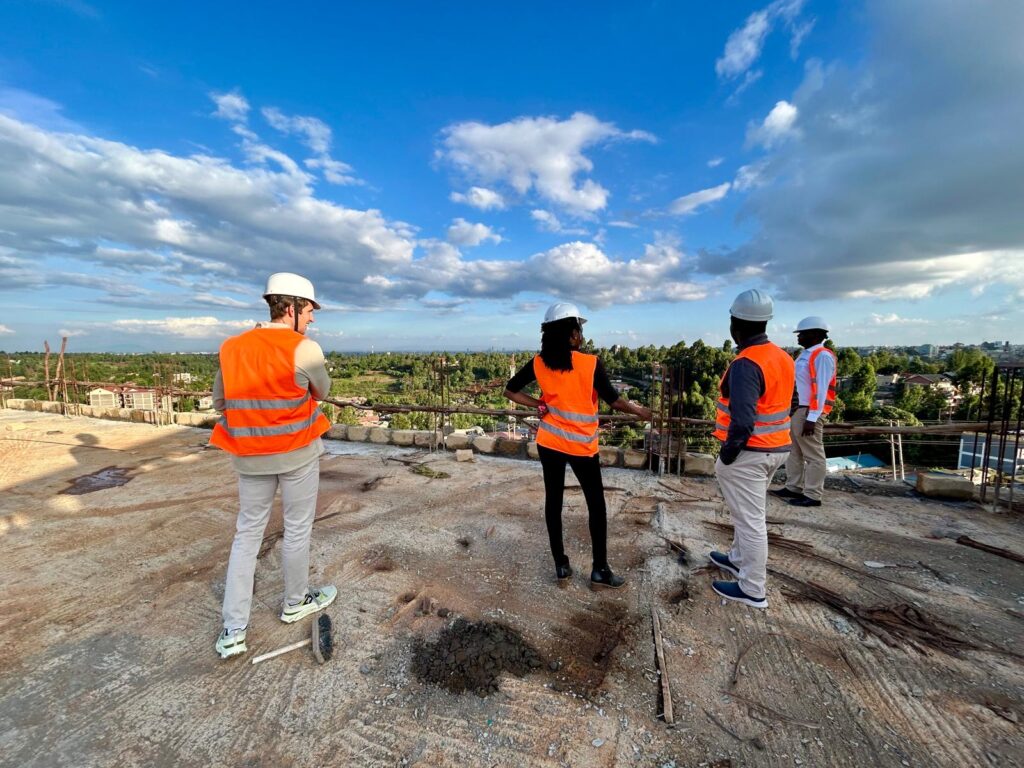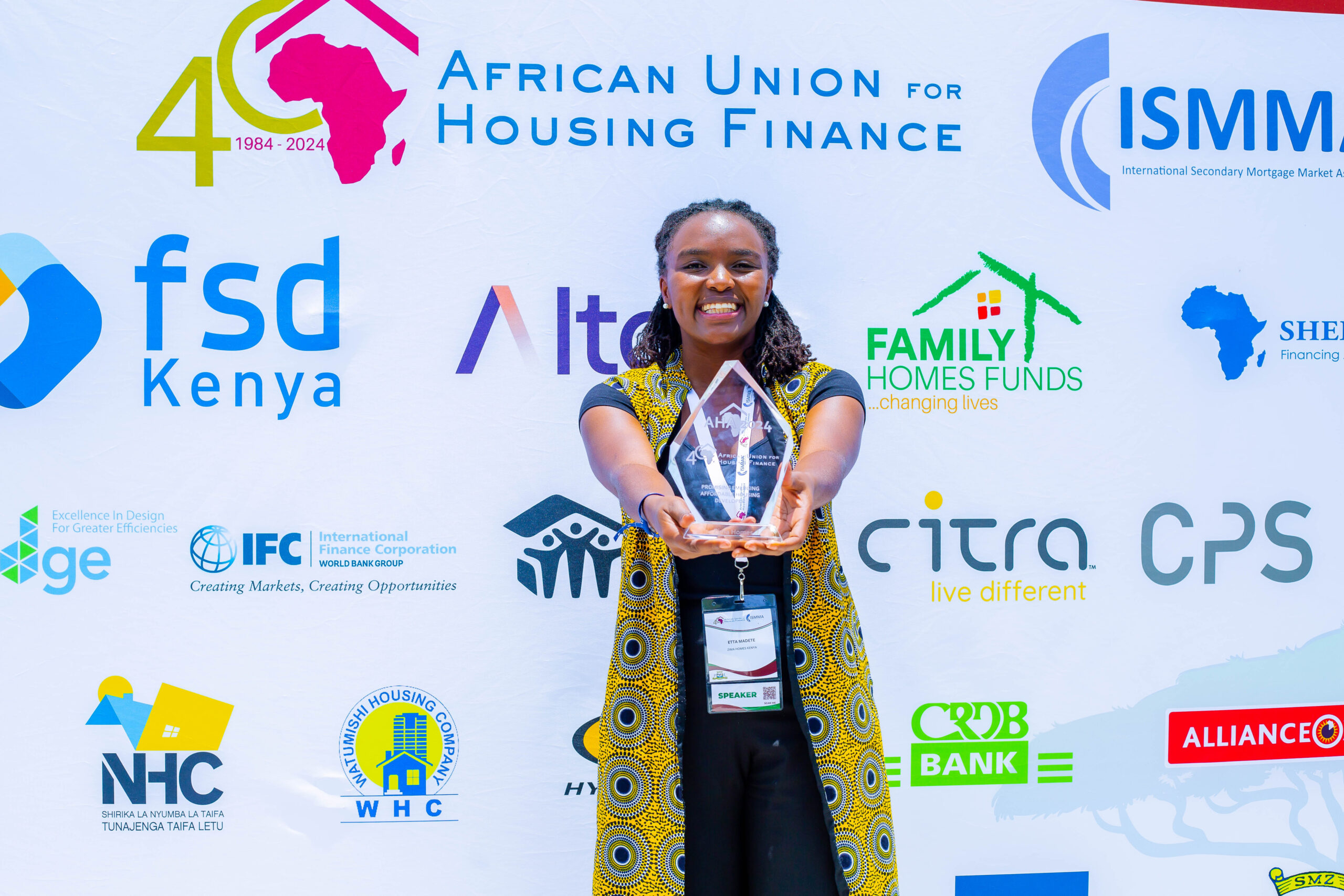Etta Madete, an architect and sustainable housing developer, began her journey into the field of affordable housing with a vision—one that aspired to tackle today’s housing crisis while simultaneously honouring the past and embracing a sustainable future. After years of studying at the University of Nairobi and Harvard, Etta created Zima Homes in 2019 with a clear mission: to develop homes that not only suit today’s requirements but also honour the legacy of the past and prepare for the future.
Sustainable housing became especially urgent for Etta during the COVID-19 pandemic. As the world locked down, people spent more time than ever at home. Etta realised that the quality of a home goes beyond just shelter—it impacts health, well-being, and community. She often reflects, “If we get housing right, we can change lives—improve their well-being and strengthen communities.”
While her objective is clear, the path to achieving it has not been without challenges. Despite the difficulties, Etta has completed over 25 homes through Zima Homes, with plans to build 120 more over the next two years. But for her, the effort is more than just construction; it’s about creating strong communities that can withstand the test of time.
Her approach is rooted in balance. Etta’s commitment to sustainability extends beyond her architectural practice into her work as an educator. For six years, she taught at the University of Nairobi, enriching her understanding of advancing sustainability.
“Teaching isn’t just about sharing ideas, although that’s fulfilling—it’s the best way to learn. Every time I engage with students or peers, I gain new perspectives and insights. It’s a collaborative process that pushes us all forward and helps shape the market for sustainable housing,” she says.

Etta believes that sustainability in housing is about finding a balance. It is about actively living, building, and developing in a way that will continue for generations. “Properties last decades, but cities live forever,” she argues, emphasising that real sustainability must address the long-term needs of both the land and its inhabitants. This approach rejects the notion that sustainability and affordability must be incompatible. Instead, Etta discovers methods to combine the two. At Zima Homes, realistic measures are used to guarantee this equilibrium. Offering solar water heaters as an optional upgrade, for example, allows buyers to save money on utility bills in the long term. Durable materials, such as yellow stone, are more expensive up front but require less upkeep over time.
Smart design choices, such as increasing natural ventilation and lighting, save energy use while improving resident well-being.
Etta emphasises avoiding tunnel vision. “Instead of compromising either affordability or sustainability, identify two or three priorities, integrate them, and refine them over time.” This ensures that transformation is meaningful and long-lasting—based on practical, attainable measures that always look ahead.
In cities like Nairobi, affordability goes beyond the price of the house itself. The cost of housing is simply one aspect of the situation. The proximity to critical services such as schools, hospitals, and job hubs can make or break a family’s financial stability. “Land on the outskirts of the city might be cheaper, but the cost of long commutes—both in time and money—can cancel out those savings,” Etta says.
The migration to cities like Nairobi has produced an urgent demand for affordable housing near economic hubs. However, the high cost of land and the prevalence of informal settlements near employment areas make addressing this issue challenging. To address this, Etta recommends focusing on regions with developing infrastructure, such as the Western Bypass, where new urban centres can be constructed to serve both inhabitants and businesses. She also believes that rental subsidies or long-term leases could keep rents stable and prevent gentrification from displacing low-income communities. “Aligning housing development with infrastructure projects is key to ensuring accessibility for all,” she says.

Kenya’s social housing projects often face similar challenges. Government-backed initiatives aimed at providing affordable homes to low-income families are frequently sold off, leading to inflated rents and a loss of affordability. Etta sees mixed-income housing as a potential solution. At Zima Homes, she designs properties that cater to a range of income levels, from first-time homeowners to investors. A portion of these developments is set aside for low-income families, with affordability ensured through partnerships with foundations and philanthropists.
Mixed-income buildings not only provide affordable homes but also foster inclusive communities. These programs promote social cohesiveness and stability by allowing people of different socioeconomic backgrounds to live together. Etta’s mission is to ensure that the benefits of sustainability reach everyone, regardless of money.

The concept of sustainability is not a recent discovery. The United Nations Brundtland Commission defined sustainability in 1987 as “meeting the needs of the present without compromising future generations’ ability to meet their own needs.” This concept focuses on how we can live now in a way that ensures future generations prosper.
Sustainability, therefore, rests on three pillars: environment, society, and economy—often referred to as planet, people, and profit. Achieving a balance between these “triple bottom line” principles requires a delicate consideration of environmental impact alongside social equity and economic viability.
The principles of sustainability may seem modern, but in many ways, they are not new. Edith Brown Weiss, a Georgetown University professor, articulates the timeless nature of sustainability in her book In Fairness to Future Generations and Sustainable Development. She writes, “Sustainability requires that we look at the earth and its resources not only as an investment opportunity, but as a trust passed to us by our ancestors for our benefit, but also to be passed on to our descendants for their use.” This idea encapsulates Etta’s approach: sustainability is a responsibility passed down through generations.
The key to the future of housing, according to Etta, lies in striking a balance between today’s needs and the requirements of future generations. “We must create developments that not only meet today’s needs but also ensure that future generations have the opportunity to thrive,” she explains. By focusing on sustainable design, leveraging natural resources, and fostering mixed-income communities, Etta believes we can create housing solutions that are both inclusive and long-lasting.
Etta Madete’s work at Zima Homes, combined with her devotion to education, is helping to design a future in which housing is more than just a source of shelter but also a means of building healthier, more resilient communities. Her idea, which acknowledges the past while looking to the future, serves as a model for sustainable, affordable housing in Kenya and beyond.



